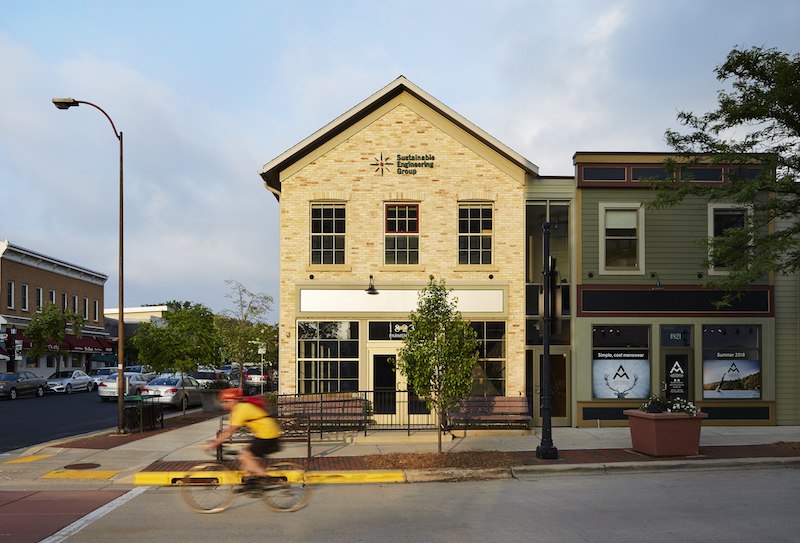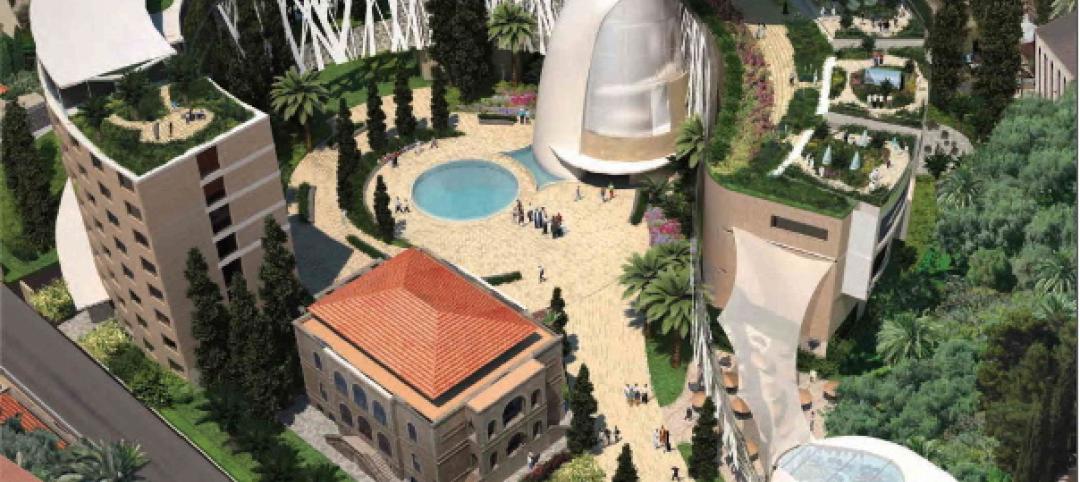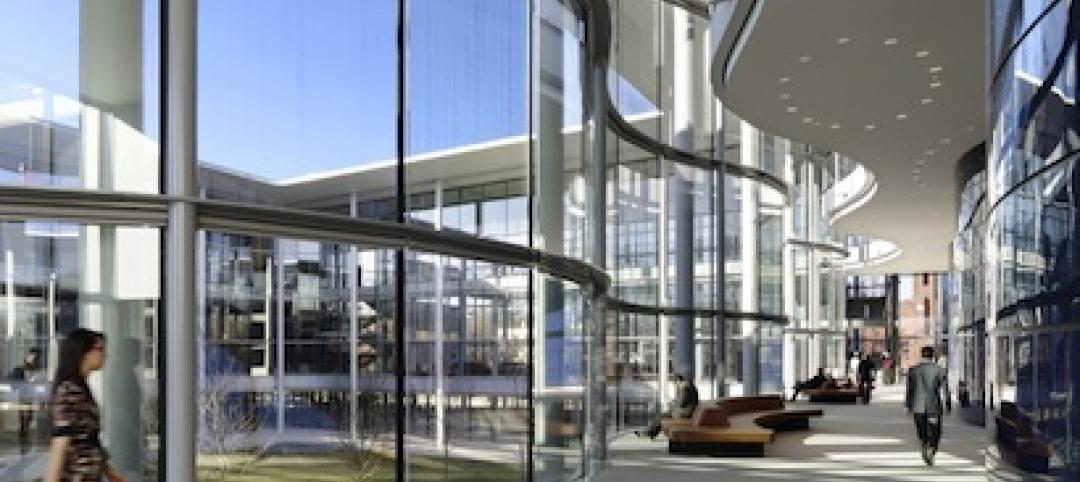Hammell, Green and Abrahamson (HGA), the national design firm that celebrates its 65th anniversary this year, has moved forward on its strategy to elevate its sustainable design and energy planning proficiencies by acquiring Sustainable Engineering Group (SEG), an engineering firm based in Madison, Wis., effective July 1.
SEG, which was founded in 2004, has established itself as a regional leader in energy systems modeling, commissioning and retro-commissioning, LEED certification, and advanced research. It specializes in geothermal systems, renewable energy systems, and carbon reduction/net-zero campus planning.
By adding SEG to its stable, HGA is reinforcing its expertise in energy and infrastructure planning and design for national clients in healthcare, academic, corporate, and public sectors.
“SEG’s approach and deep knowledge will allow us to better serve the energy needs of our growing client base,” says Rick Hombsch, PE, LEED AP, vice president and HGA’s Energy & Infrastructure market leader. “Their team brings technical insights into emerging energy technologies and renewable resources that build on our existing strengths.”
Among SEG’s noteworthy projects are the 8,000-sf Outgamie County Regional Airport in Appleton, Wis., for which SEG provided energy modeling and life-cycle cost analysts for this ZNE building; and UW Hospitals and Clinics, which retained SEG to provide retro-commissioning services for its 3.6-million-sf campus in Madison.
SEG is changing its name to HGA, and merging its operations. Its employees are staying on with the firm, as are SEG's founders, Manus McDevitt, PE, LEED AP; and Svein Morner, PE, PhD, LEED AP, who will be principals at HGA. With the addition of SEG, HGA has offices in 10 cities across the U.S.
Related Stories
| Feb 14, 2014
Must see: Developer stacks shipping containers atop grain silos to create student housing tower
Mill Junction will house up to 370 students and is supported by 50-year-old grain silos.
| Feb 13, 2014
Extreme Conversion: Nazi bunker transformed into green power plant, war memorial
The bunker, which sat empty for over 60 years after WWII, now uses sustainable technology and will provide power to about 4,000 homes.
| Feb 6, 2014
First Look: Center for Hope will welcome world's religious to Jerusalem
The space, backed by The Elijah Interfaith Institute, is meant to "bring about world-changing peace and harmony."
| Feb 4, 2014
World's fifth 'living building' certified at Smith College [slideshow]
The Bechtel Environmental Classroom utilizes solar power, composting toilets, and an energy recovery system, among other sustainable strategies, to meet the rigorous performance requirements of the Living Building Challenge.
| Feb 4, 2014
Must see: Student housing complex made with recycled shipping containers
Architect Christian Salvati's new structure is just the first step in bringing shipping container construction to New Haven, Conn.
| Jan 30, 2014
Mayors of 10 metros unite to cut building-related climate pollution
Organizers say combined initiative could cut as much climate-change pollution as generated by 1 million cars every year, and lower energy bills by nearly $1 billion annually.
| Jan 30, 2014
How reverse engineering nature can spur design innovation
It’s not enough to copy nature. Today’s designers need a deeper understanding of environmental nuance, from the biome in.
| Jan 24, 2014
First look: Foster + Partners' new home for Yale School of Management [slideshow]
Edward P. Evans Hall, the new home of the Yale School of Management, has opened for business. The 242,000-sf facility was designed by Foster + Partners, with Gruzen Samton as architect of record.
| Jan 23, 2014
Adrian Smith + Gordon Gill-designed Federation of Korean Industries tower opens in Seoul [slideshow]
The 50-story tower features a unique, angled building-integrated photovoltaic (BIPV) exterior designed to maximize the amount of energy collected.
| Jan 11, 2014
Getting to net-zero energy with brick masonry construction [AIA course]
When targeting net-zero energy performance, AEC professionals are advised to tackle energy demand first. This AIA course covers brick masonry's role in reducing energy consumption in buildings.

















